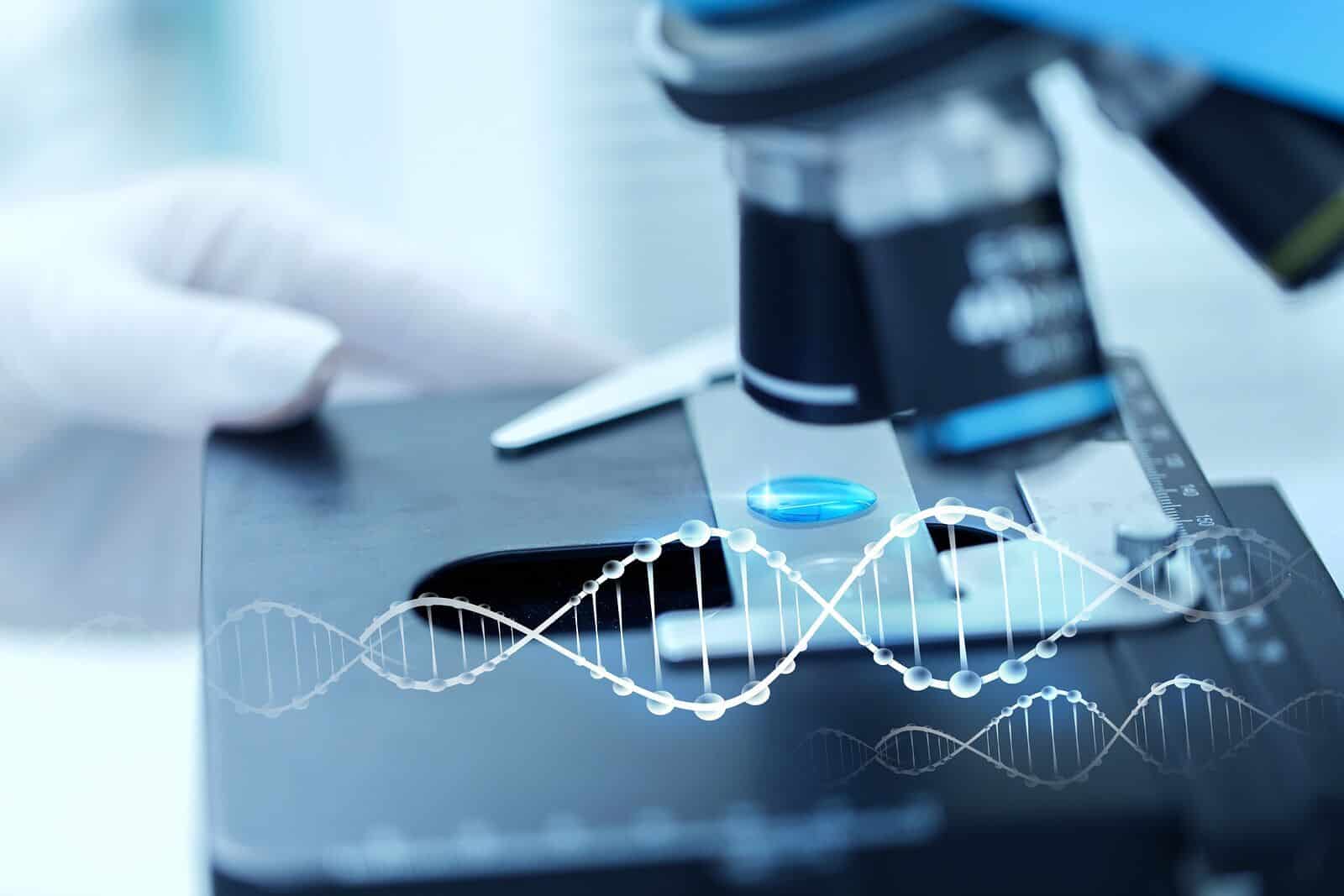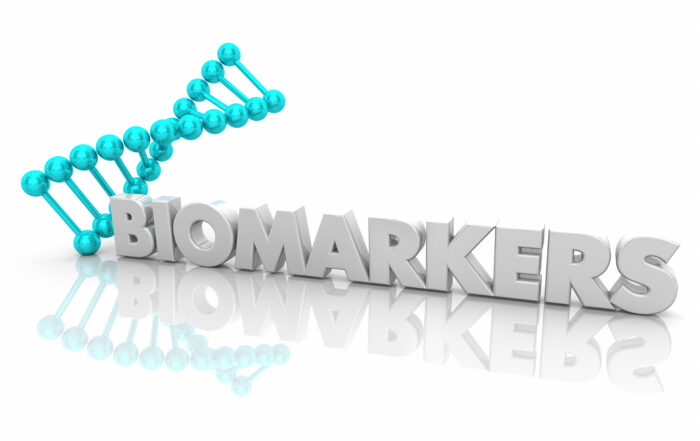Mosaic mutations may play a significant role in autism spectrum disorders, according to two recent studies.
Mosaic mutations are not inherited, but rather are caused by a change introduced when a stem cell divides. The mutation is passed only to the cells that descend from it. The earlier a mutation occurs in development, the more cells will carry it.

In the first study, Rachel Rodin and colleagues used whole-genome sequencing to examine post mortem samples of brain tissue from 59 individuals with ASD and 15 controls. The researchers looked for mosaic point mutations, which are alterations in a single “letter” of genetic code. They determined that these mutations are not rare, “with about half of individuals having at least one potentially function-altering somatic mutation somewhere in the cortex.” However, in the brains of people with ASD, mosaic mutations were more likely to affect parts of the genome called “enhancers,” which regulate whether a gene is turned on or off.
Rodin comments, “In the brains of people with autism, mutations accumulate at the same rate as normal, but they are more likely to fall into an enhancer region. We think this is because gene enhancers and promoters tend to be in DNA that’s unwound and more exposed, which probably makes them more susceptible to mutations during cell division.”
The second study investigated copy number variants (CNVs) in individuals with ASD, focusing on CNVs occurring in a mosaic pattern. CNVs are deletions or duplications of whole segments of a chromosome rather than mutations to a single point.
In this study, by Maxwell Sherman and colleagues, the researchers analyzed blood samples from approximately 12,000 people with autism and 5,500 neurotypical siblings, using blood as a proxy for brain tissue. They identified a total of 46 mosaic CNVs in the autism group and 19 in the unaffected siblings. Individuals with autism were especially likely to have very large CNVs, spanning a median of 7.8 million bases compared to 0.59 in controls.
“This is one of the more interesting and surprising aspects of our study,” Sherman comments. “The kids with ASD had very large CNVs that often hit dozens of genes, and likely included genes important for development. If the CNVs were in all their cells, rather than in a mosaic pattern, they would likely be lethal.”
The study’s results also indicated that the larger the CNVs, the greater the severity of autism. Interestingly, smaller CNVs known to be associated with ASD when they occur in all cells were not associated with autism when they occurred in a mosaic pattern. Study co-author Christopher Walsh says this suggests that a large number of cells in the brain need to be altered in a significant way for autism to occur.
—
“The landscape of somatic mutation in cerebral cortex of autistic and neurotypical individuals revealed by ultra-deep whole-genome sequencing,” Rachel E. Rodin, Yanmei Dou, Minseok Kwon, Maxwell A. Sherman, Alissa M. D’Gama, Ryan N. Doan, Lariza M. Rento, Kelly M. Girskis, Craig L. Bohrson, Sonia N. Kim, Ajay Nadig, Lovelace J. Luquette, Doga C. Gulhan, Brain Somatic Mosaicism Network, Peter J. Park, and Christopher A. Walsh, Nature Neuroscience, January 11, 2021 (online ahead of print publication); and “Large mosaic copy number variations confer autism risk,” Maxwell A. Sherman, Rachel E. Rodin, Giulio Genovese, Caroline Dias, Alison R. Barton, Ronen E. Mukamel, Bonnie Berger, Peter J. Park, Christopher A. Walsh, and Po-Ru Loh, Nature Neuroscience, January 11, 2021 (online ahead of print publication). Address for both: Maxwell Sherman, maxas@mit.edu.
—and—
“Advances in understanding autism, based on ‘mosaic’ mutations,” news release, Children’s Hospital Boston, January 11, 2021
This article originally appeared in Autism Research Review International, Vol. 35, No. 1, 2021
ARI’s Latest Accomplishments
Connecting investigators, professionals, parents, and autistic people worldwide is essential for effective advocacy. Throughout 2023, we continued our work offering focus on education while funding and support research on genetics, neurology, co-occurring medical
Biomarkers start telling us a story: Autism pathophysiology revisited
Learn about emerging research on biomarkers and autism from a recent ARI Research Grant recipient. This is a joint presentation with the World Autism Organisation. The presentation by Dr.
Editorial – Bernard Rimland’s Impact: Sixty Years Since the Publication of ‘Infantile Autism’
In this milestone year of 2024, the Autism Research Institute commemorates the 60th anniversary of Dr. Bernard Rimland’s groundbreaking work, Infantile Autism: The Syndrome and Its Implications for a Neural Theory of




